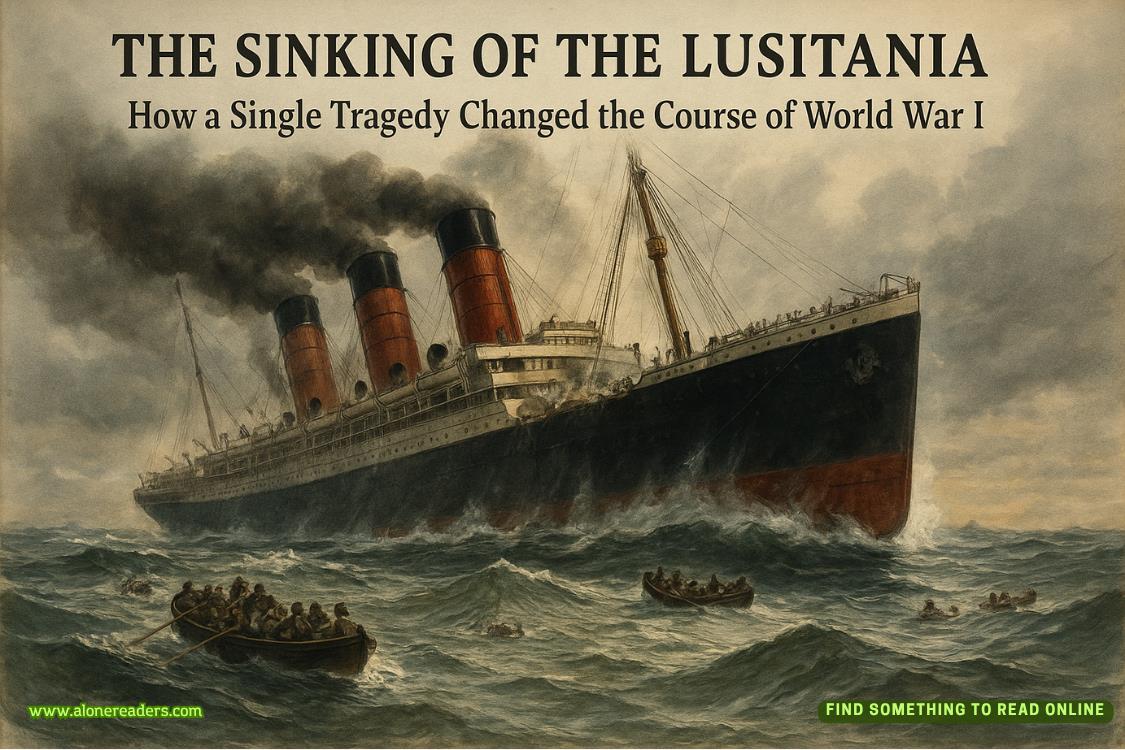Page 11 of Outbreak Protocol
The team dynamics fall into their familiar rhythm—Sarah's viral expertise complementing Yuki's mathematical modelling, Aleksandr's field experience grounding our theoretical discussions in practical reality. We've worked together through outbreaks across three continents, and our professional shorthand allows rapid decision-making even in high-stress situations.
"Travel arrangements?" Sarah asks, already pulling up flight schedules on her tablet.
"Commercial flight departing Stockholm at 14:30, arriving Hamburg at 16:15. German health authorities are being notified of our deployment, but Dr. Karlsson expects some resistance given the local response to date."
Aleksandr grunts his disapproval. "Damn politicians, always getting in the way." In a quiet but intense voice, he mutters to Sarah, "Vsegda odno i to zhe. Malen'kiye tsari na svoikh malen'kikh tronakh." I catch it easily: Always the same. Little tsars on their little thrones.
Sarah gives him a knowing glance, but Aleksandr just shakes his head, a universal gesture of exasperation directed at bureaucrats everywhere. It's a sentiment I share deeply, trapped in another day where the weight of institutional pride threatens to drown our efforts in red tape.
"Agreed, but we need to work within the system to maintain credibility and access to resources." I gather the case files into a secure folder. "Yuki, I need preliminary transmission models based on the available data. Sarah, start cross-referencing symptoms with your viral databases, focusing on emerging and re-emerging pathogens. Aleksandr, coordinatewith local authorities on laboratory facilities and isolation protocols."
We spend the next hour refining our deployment strategy, reviewing equipment manifests, and establishing communication protocols. The urgency builds with each data point we analyse—this isn't a routine surveillance mission but a potential race against time to identify and contain an unknown pathogen before it spreads beyond Hamburg.
Dr. Brennan's previous comparison to the Bubonic Plague is apt, though the numbers tell an even more sobering story. The Black Death of the 14th century killed an estimated 30-60% of Europe's population, but its basic reproduction number—the average number of people each infected individual transmitted the disease to—was relatively modest at 2.0 to 3.0. What made it devastating was persistence over time and lack of medical intervention, not explosive transmission rates.
My preliminary calculations suggest this Hamburg pathogen could have an R0 between 3.0 and 4.5, putting it in the same league as some of history's most catastrophic epidemics. The Cocoliztli outbreaks that decimated indigenous populations in 16th-century Mexico achieved similar transmission rates, killing an estimated 80% of the native population within a century. Those epidemics combined novel pathogens—likely viral hemorrhagic fevers introduced by European contact—with populations that had no prior immunity, creating the perfect storm for demographic collapse.
But this is 2025, not 1347 or 1576. We have epidemiological surveillance systems, molecular diagnostics, and containment protocols that medieval or colonial physicians could never have imagined. The question is whether our modern tools can match the speed of transmission if this pathogen is anything like what the historical data suggests.
If this virus maintains its current mortality rate and transmission efficiency whilst spreading beyond Hamburg, we could be looking at the first truly catastrophic pandemic since the 1918influenza outbreak. The difference is that the Spanish flu had a case fatality rate of only 10-20% among severe cases. We're potentially dealing with something three times more lethal.
At 13:00, I dial Dr. Müller's number. He answers on the second ring.
"Dr. Müller, this is Dr. Erik Lindqvist from the ECDC. I've reviewed your documentation regarding the Hamburg cluster."
"Dr. Lindqvist." Relief floods his voice. "Thank you for responding so quickly."
"Your clinical observations and epidemiological analysis are excellent work. We're deploying a rapid response team this afternoon—myself and three colleagues specializing in outbreak investigation. We should arrive at your hospital by approximately 17:00."
"I can't tell you how glad I am to hear that. We had two more cases admitted overnight, and I'm concerned we're losing valuable time for identification and containment."
His voice carries the exhaustion of someone who's been fighting an uphill battle against bureaucratic inertia, but there's also the sharp focus I recognize in myself when facing a complex epidemiological puzzle. This isn't panic or overreaction—it's a clinician who's recognized a pattern others have missed.
"What's your current case count?"
"Thirty-three confirmed, with five additional patients under observation. Three more deaths since I sent you the initial documentation." He pauses. "Dr. Lindqvist, I've been practicing emergency medicine for eight years, and I've never seen anything like this. The progression rate is unlike any viral syndrome I've encountered."
"We'll need access to patient records, laboratory specimens if available, and detailed epidemiological interviews with cases and their contacts. Can you facilitate that access?"
"Yes, though hospital administration has been...resistant to external involvement. Dr. Hartmann, our director, is primarilyconcerned about negative publicity affecting an upcoming trade conference."
The familiar frustration of political interference during public health emergencies. "We'll handle the administrative aspects. Your focus should remain on clinical care and case identification."
"Understood. I'll prepare comprehensive case summaries for your review and arrange isolation facilities for the team."
"One more question—in your clinical judgment, what's your assessment of transmission risk to healthcare workers?"
He considers this carefully. "We've implemented standard contact precautions, and so far they seem to be holding. The transmission appears to require direct contact with bodily fluids—blood, saliva, possibly respiratory secretions during the later stages when patients develop severe symptoms. Our staff have remained healthy despite treating dozens of cases, which suggests that proper PPE protocols and hand hygiene are effective."
"That's reassuring. Any evidence of casual transmission—family members, brief social contact?"
"Limited so far. The cases we've documented involve either close household contact or direct exposure to infected individuals during symptomatic periods. It's not spreading through casual interaction, which has helped contain it to specific clusters."
"Thank you, Dr. Müller. We'll see you this evening."
The flight to Hamburg is routine, but my mind races through differential diagnoses and response scenarios. I spread Dr. Müller's case files across my tray table, reviewing clinical presentations for patterns I might have missed during my initial analysis.
The hemorrhagic symptoms concern me most. Viralhemorrhagic fevers typically originate in tropical or subtropical regions—Ebola in Central Africa, Marburg in East Africa, Lassa fever in West Africa. The idea of an indigenous European VHF is epidemiologically unlikely but not impossible. Climate change and increased international travel have altered traditional disease geography.















